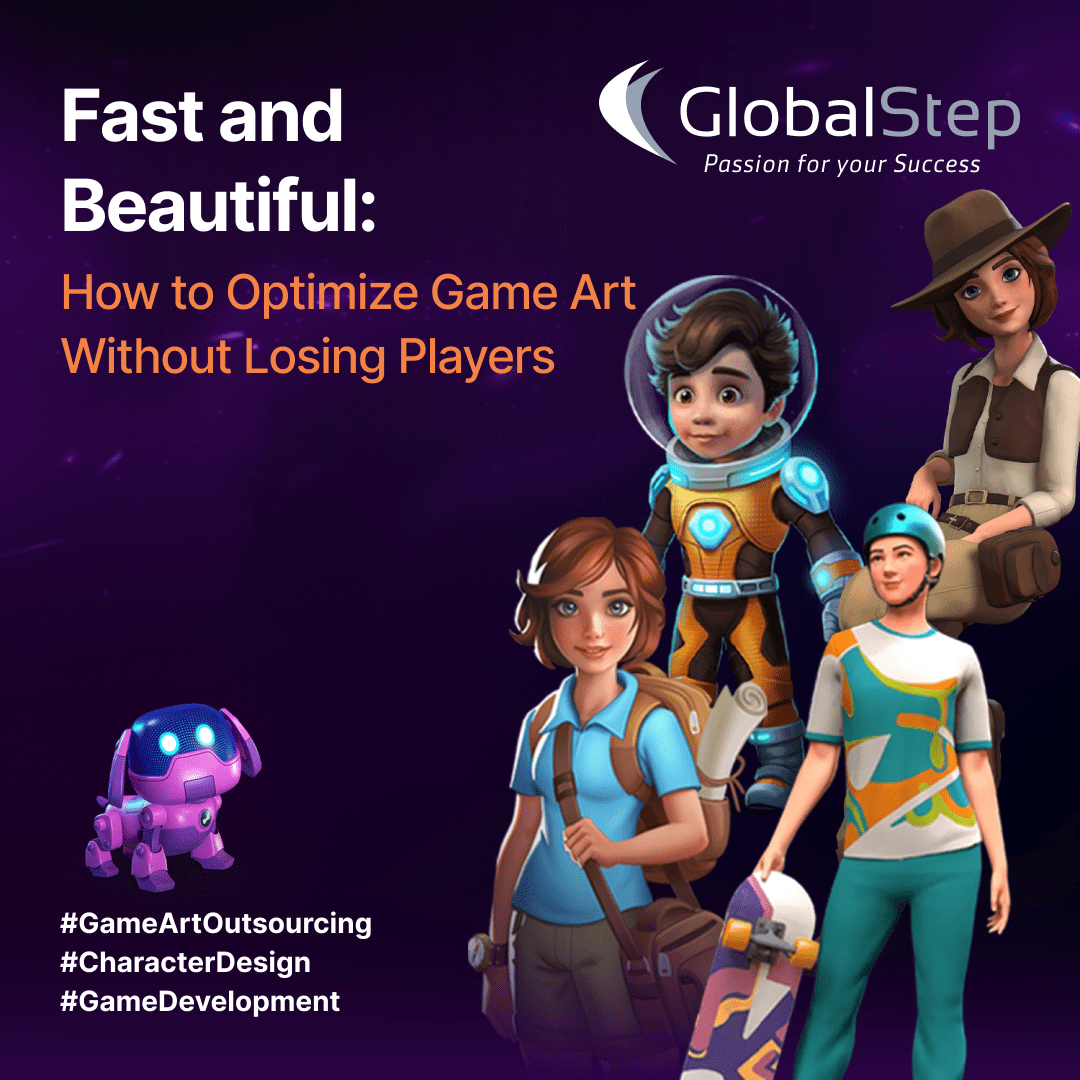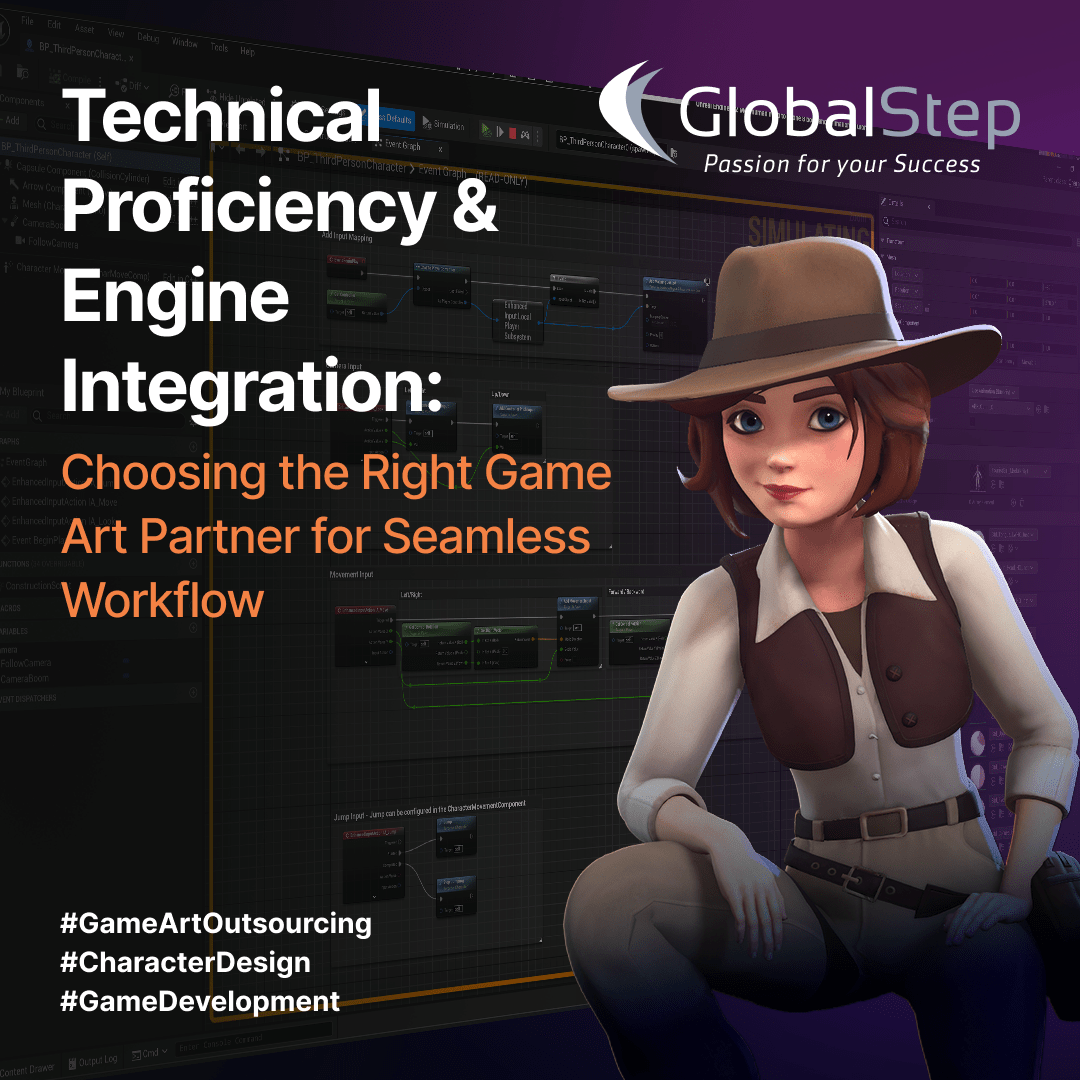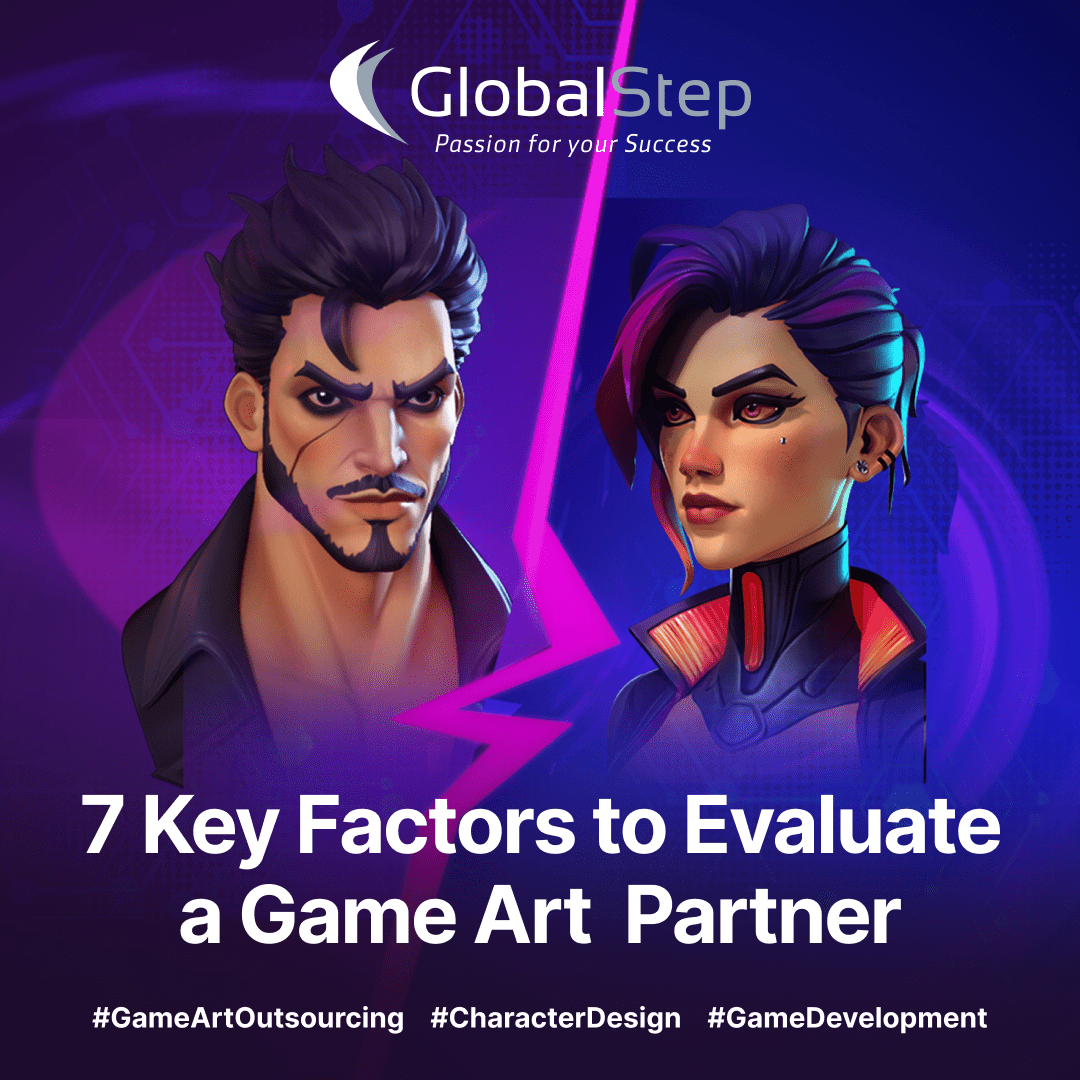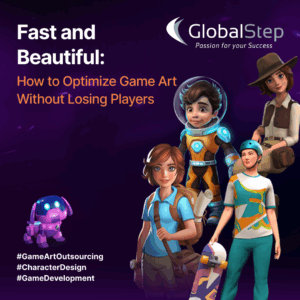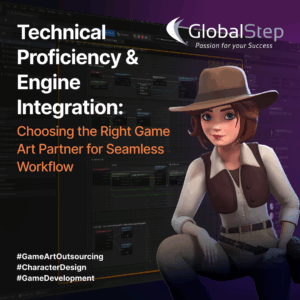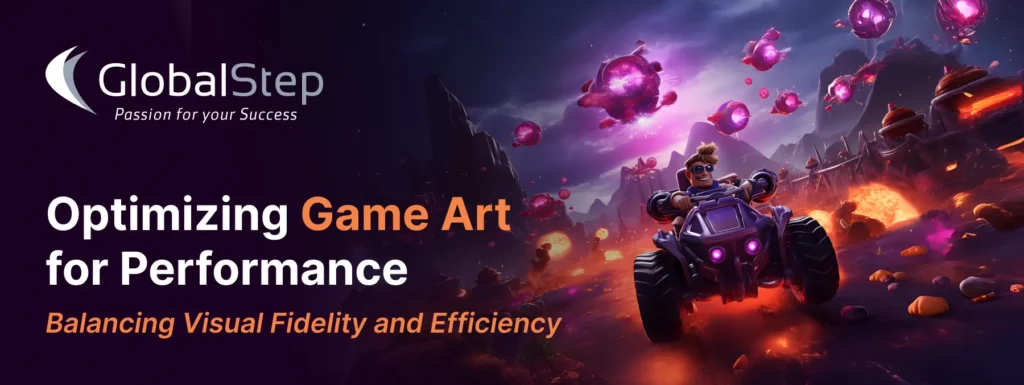
In Video Game Development, stunning graphics are the first thing that a player will notice. The art of a game defines its identity and draws players into a new world.
It’s a great achievement to create art that can run smoothly on a variety of platforms and system specs. Often, video game developers have to make a difficult decision to chop down parts of their beautiful, nuanced visuals to offer players the smooth performance they expect. How do they balance these priorities? Let’s delve into this challenge and some of the strategies they employ.
Performance Problem: Beautiful but Resource-Intensive
Video Game Artists are tasked with the creation of compelling, visually rich worlds. Lush landscapes, detailed characters, atmospheric environments that respond dynamically to your actions. However, each asset and graphical feature adds to the list of operations that must happen per frame. Depending on the game, all features and assets must be processed and drawn at least between 40 and 60 times per second (some go above 100). Many dynamic sensors, high fidelity textures, sculpted polygons, detailed shading and post processing will add burden on the hardware. Depending on how the levels are put together and the quality of the code, performance can easily get bogged down, resulting in laggy and frustrating gameplay.
The art is resource intensive and emotionally compelling, but people stay for the gameplay, so the visual goals must be tempered with technical discipline. The assets need to be loaded into memory, spawned, batched, pooled, instanced and dumped as optimally as possible. Only then will the gameplay features, character movement code and everything else have the resources left to run smoothly on every intended device (not just a high-end gaming PC). This directly affects the overall success of the title.
The Balancing Act: How to Optimize Video Game Art Without Sacrificing Quality
Fortunately, a number of optimization techniques can be employed by the developer to ensure that visual fidelity is preserved without losing framerate.
One of the first places to start are textures, and these play a big role in the look of a video game but also some of the most resource-hungry assets. This is because each object can easily end up with many materials and supporting texture maps at 4k along with mipmaps, (the developer includes lower-resolution copies of textures to use less memory on objects that are too far from the camera to show details. This opens up room for the GPU without compromising on the overall visual experience.
Texture compression also reduces the sizes of textures, which surely will guarantee quick loading, less use of disk space and smoother performance.
Other important features include the level of detail in 3D meshes. Very highly detailed character models or environments lead to a strong performance drop. The solution is LOD modeling: creating several versions of an asset, each with a reduced number of polygons. This allows the engine to use cheaper versions for distant objects without affecting the look of the scene. This is especially important in games that have long vistas, modular buildings and lush vegetation. Showing fewer polygons at a long distance opens up resources for high detail on the closer ones. This dynamic swapping of fidelity helps preserve visual appeal across the scene as a whole without lag.
Shaders provide realistic lighting effects and surface detail, but they can easily act as a performance sink which depends on optimization. For this, developers create simplified shaders with features that that will get conditionally to give the necessary visual effect without overloading the system. Additionally, techniques like baking lighting help remove real-time burden on processing by giving the impression of more nuanced lighting that’s pre-calculated and stored in textures.
Other important optimization techniques involve an overall reduction in the number of draw calls by pooling, batching and instancing groups of similarly featured objects in a single draw call for those objects rather than once for each object asynchronously. This minimizes the impact on the machine and greatly improves the performance without sacrificing visual fidelity.
Designing of assets with cross-platform performance in mind is key. Often the teams focus on the PC version of a game and have trouble adapting it at the last moment to the other platforms. Tailoring art assets to various platforms from the start reduces emergency work later and allows developers to ship smoothly.
The Role of Outsourcing in Game Art Optimization
When studios are in a tight spot balancing visual fidelity with performance, outsourcing of art production becomes a valuable solution. Art outsourcing serves as an effective way for studios to access specialized expertise in a way that is more affordable and scalable to produce art. Studios and their experienced outsourcing partners, can make sure that varied techniques aimed at performance optimization are in use from the beginning, resulting in purposeful concepts that support the pipeline more closely.
Outsourcing partners can bring in fresh eyes, having experience in many pipelines across various high-end developers. We can offer support that has proven results in the creation of high-end productions. This allows studios to focus internal resources on other aspects of development like game mechanics and storytelling.
For deeper insight into how outsourcing can give a competitive edge to game development, check out our blog about Art Outsourcing in Video Game Development.
The GlobalStep Advantage: Expertise in Optimization and Game Testing
It’s not about choosing between visuals and performance; it’s about striking a purposeful balance. To that end, applying the best practices with expert outsourced art teams to great effect can mean developers can achieve higher visuals with their budget and not hurting performance. Our holistic approach to game testing and optimization at GlobalStep ensures that your game, both visually and in technical detail, realizes its full potential on every platform.
At GlobalStep, we understand striking visuals and peak performance. Draw from our experience in game development to refine the art assets of your game for peak performance without giving up any of that magical artistic nuance that makes your game so compelling. From game testing to localization QA, to certification across various platforms-our experts will be glad to help on every front of your assignments.
